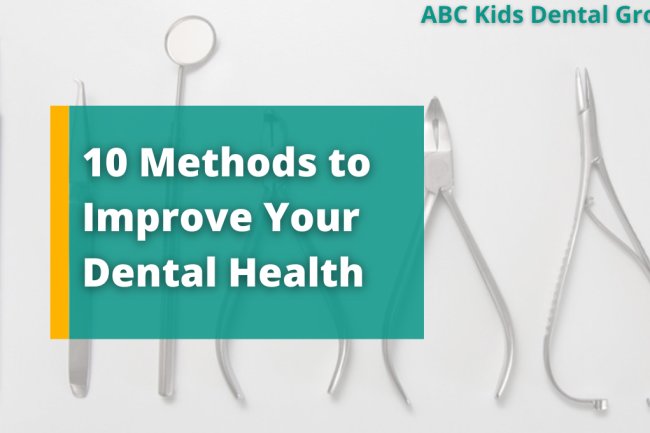Understanding Pediatric Dental X-Rays: What Parents Should Know
Learn why pediatric dental X-rays are essential, how they ensure early detection of dental issues, and why they are safe for kids.

Understanding Pediatric Dental X-Rays: What Parents Should Know
Why Are Dental X-Rays Important for Children?
Pediatric dental X-rays play a crucial role in maintaining your child’s oral health. They help dentists detect dental problems early, ensuring timely intervention and treatment. While routine dental checkups allow for a visual examination, X-rays provide a deeper look at what’s happening beneath the surface of your child’s teeth and gums.
When Are Dental X-Rays Necessary for Kids?
Your child’s dentist may recommend dental X-rays for various reasons, including:
-
Monitoring Tooth Development – X-rays help track the growth of primary (baby) and permanent teeth.
-
Detecting Cavities – Some cavities form between teeth or beneath the gum line, making them difficult to spot during a routine exam.
-
Identifying Alignment Issues – X-rays allow dentists to assess potential orthodontic problems like overcrowding or misalignment.
-
Checking for Hidden Dental Issues – X-rays reveal issues such as impacted teeth, infections, or abnormalities in tooth structure.
Are Pediatric Dental X-Rays Safe?
One of the biggest concerns parents have is the safety of dental X-rays. Modern dental technology has significantly reduced radiation exposure, making X-rays safer than ever. Here’s what you should know:
-
Low Radiation Exposure – The radiation dose from pediatric dental X-rays is minimal and considered safe by health organizations like the American Dental Association (ADA) and the FDA.
-
Protective Measures – Dentists use lead aprons and thyroid collars to minimize exposure further.
-
Digital X-Rays – Many dental offices now use digital X-rays, which require even lower radiation levels than traditional film X-rays.
Types of Pediatric Dental X-Rays
There are different types of dental X-rays used for children, depending on the purpose:
-
Bitewing X-Rays – Help detect cavities between teeth and monitor tooth alignment.
-
Periapical X-Rays – Focus on one or more teeth to check for root and bone health.
-
Panoramic X-Rays – Capture the entire mouth in a single image, often used for orthodontic assessment.
-
Occlusal X-Rays – Provide a view of how teeth are developing and are commonly used for younger children.
How Often Should Kids Get Dental X-Rays?
The frequency of dental X-rays depends on your child’s oral health and risk factors. Generally:
-
Children with good oral health may need X-rays every 1-2 years.
-
Kids who are prone to cavities may need X-rays every 6-12 months.
-
If your child is undergoing orthodontic treatment, more frequent X-rays may be required to monitor progress.
What to Expect During a Pediatric Dental X-Ray
If your child has never had a dental X-ray before, knowing what to expect can help ease any anxiety:
-
Your child will be seated comfortably, and the dentist or technician will place a lead apron for protection.
-
A small X-ray sensor or film will be placed inside the mouth.
-
Your child will be asked to bite down gently while the X-ray machine captures the images.
-
The process is quick and painless, taking just a few minutes.
Tips to Prepare Your Child for Dental X-Rays
-
Explain the process in simple terms to reduce fear and anxiety.
-
Reassure them that the procedure is painless and quick.
-
Encourage cooperation by reminding them to stay still during the X-ray.
-
Choose a pediatric dentist who specializes in making dental visits comfortable and stress-free for kids.
Final Thoughts
Pediatric dental X-rays are a valuable tool for ensuring your child’s dental health. They allow dentists to detect and prevent potential issues early while using minimal radiation exposure. If you have any concerns, don’t hesitate to talk to your child’s dentist to understand the necessity and safety of X-rays for your little one.
Taking proactive steps in your child’s dental care today will lead to a healthier, brighter smile in the future!
phone no. - (833)-i-ABC-Kid
website - www.abckidsdentalla.com
What's Your Reaction?























